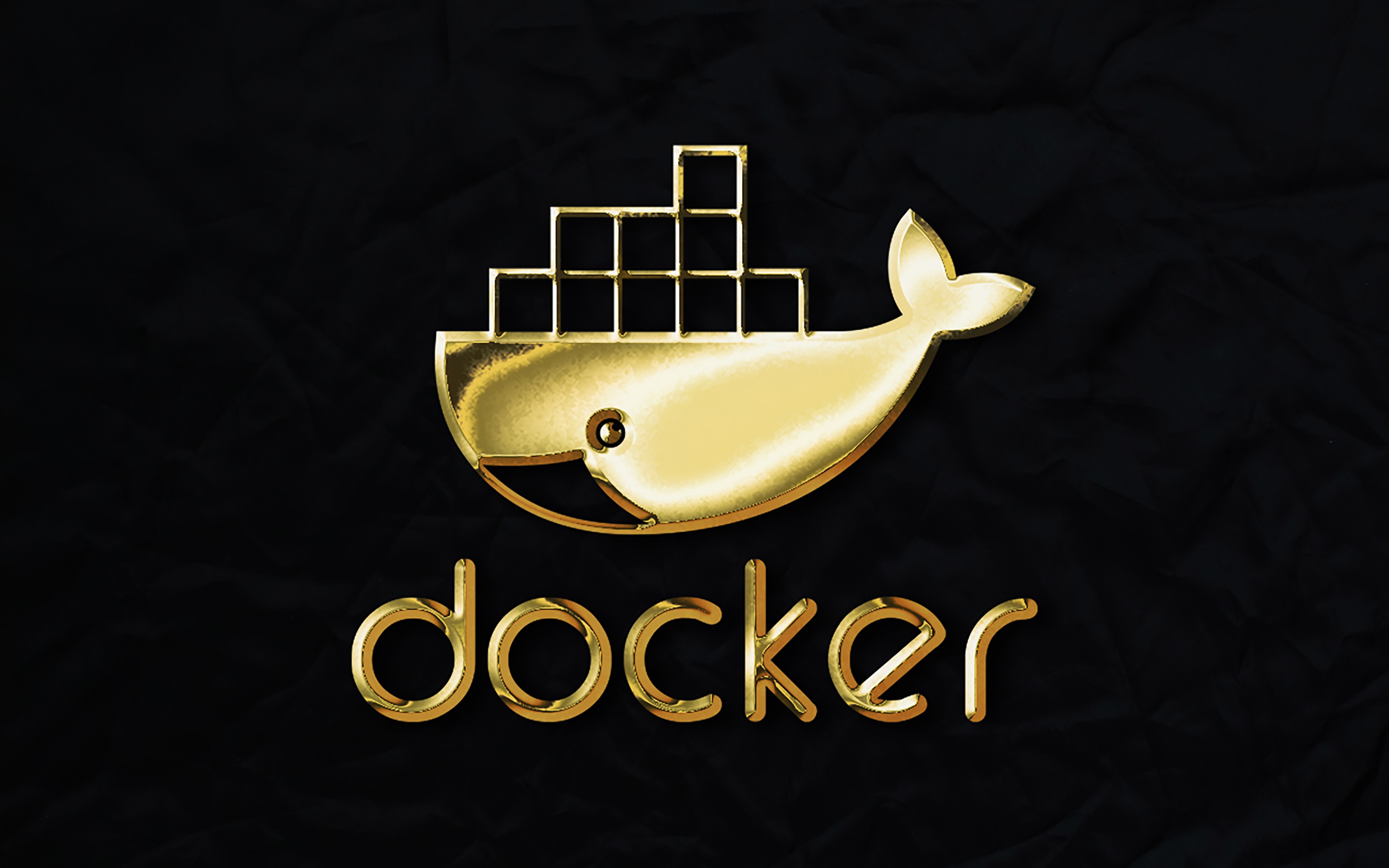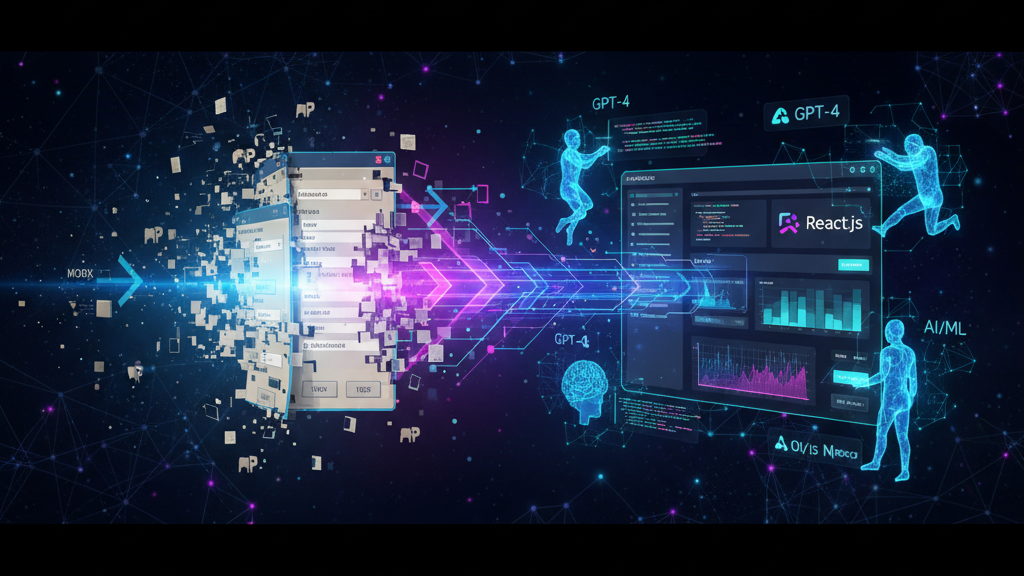
Last Update: October 30, 2025
BY eric
eric
Keywords
The Problem That Used to Take Hours
You know that feeling when something simple just doesn't work the way it should? I was using Thunderbird on Ubuntu, and every time I clicked a link in an email, it would open in the wrong browser. I wanted it to open in Google Chrome Beta, but no matter what I tried, it kept opening in a different browser.
I'd been through this before with Linux desktop environments—checking system settings, googling solutions, trying various commands, editing configuration files, testing, failing, and repeating the cycle. The usual dance of troubleshooting that could easily consume an hour or two of your day.
Not this time.
Enter AI-Powered Troubleshooting
Instead of diving into forums and documentation, I simply asked Claude Code: "In my Thunderbird app (Ubuntu), when I click on the link in the email, it starts a browser which is not what I want, I want Google Chrome Beta, how can I fix that?"
What happened next was remarkable. Within seconds, Claude Code:
- Diagnosed the problem by checking my system configuration
- Identified the root cause - Thunderbird's internal handlers weren't configured properly
- Implemented the fix automatically
- Verified the solution worked
The entire process took less than a minute.
What Claude Code Actually Did
Here's the technical breakdown of what would have taken me hours to figure out manually:
Step 1: System Analysis
Claude Code first checked my current browser configuration:
xdg-settings get default-web-browser
update-alternatives --query x-www-browser
This revealed that Chrome Beta was already set as my system default, but Thunderbird wasn't respecting it.
Step 2: The Root Cause
The issue was in Thunderbird's handlers.json file, located at:
~/.thunderbird/2gwpw0nm.default-esr/handlers.json
The file had an empty schemes section, which meant Thunderbird didn't know which browser to use for HTTP/HTTPS links.
Step 3: The Fix
Claude Code updated the handlers.json file with this configuration:
{
"defaultHandlersVersion":{},
"mimeTypes":{
"application/pdf":{"action":3,"extensions":["pdf"]}
},
"schemes":{
"http":{
"action":4,
"handlers":[{
"name":"Google Chrome Beta",
"path":"/usr/bin/google-chrome-beta"
}]
},
"https":{
"action":4,
"handlers":[{
"name":"Google Chrome Beta",
"path":"/usr/bin/google-chrome-beta"
}]
}
},
"isDownloadsImprovementsAlreadyMigrated":false
}
This explicitly tells Thunderbird to use Chrome Beta for both HTTP and HTTPS links.
Step 4: System-Level Reinforcement
To ensure everything worked smoothly, Claude Code also ran:
xdg-settings set default-web-browser google-chrome-beta.desktop
xdg-mime default google-chrome-beta.desktop x-scheme-handler/http x-scheme-handler/https
These commands ensure that the system-level handlers are properly configured as well.
The Old Way vs. The AI Way
The Old Way (2+ Hours):
- Google the problem - read through 5-10 forum threads
- Try solution #1 from a 2018 StackOverflow post - doesn't work
- Check system settings - looks correct but still broken
- Try editing
~/.config/mimeapps.list- no change - Search for "thunderbird custom browser ubuntu" - find partial solutions
- Discover
handlers.jsonexists after reading Mozilla documentation - Manually edit the JSON (hope you don't break the syntax)
- Restart Thunderbird and test
- Still doesn't work - try more googling
- Eventually stumble upon the right combination of settings
- Finally get it working (maybe)
The AI Way (Under 1 Minute):
- Describe the problem to Claude Code
- Done.
Why This Matters
This isn't just about saving time on one configuration issue. It's about a fundamental shift in how we interact with our computers and solve technical problems.
Before AI assistants:
- Hours spent on tedious troubleshooting
- Context switching between documentation, terminals, and browsers
- Trial and error with unclear feedback
- High barrier to entry for non-experts
With AI assistants:
- Instant diagnosis and solution
- Automated execution with verification
- Clear explanation of what was done and why
- Technical knowledge accessible to everyone
The Broader Impact
AI-powered tools like Claude Code are democratizing technical expertise. Problems that used to require deep knowledge of Linux internals, configuration file formats, and command-line tools can now be solved by anyone who can describe their problem in plain English.
This isn't just about convenience—it's about removing barriers. Developers can focus on building features instead of fighting with configuration issues. Users can customize their systems without fear of breaking things. Time that would have been lost to troubleshooting can be spent on creative work.
The Human Element
Importantly, Claude Code didn't just fix the problem—it showed me exactly what it did and why. I now understand:
- Where Thunderbird stores its handler configuration
- How the
handlers.jsonfile structure works - The relationship between Thunderbird's settings and system-level defaults
- Which commands control browser associations in Linux
This is the best kind of automation: it solves the problem immediately while teaching you something in the process.
Looking Forward
We're living through a remarkable transition in human-computer interaction. The command line will always have its place for complex tasks and automation, but for day-to-day troubleshooting and configuration, AI assistants are becoming the new interface.
What used to require:
- Deep technical knowledge
- Hours of research
- Multiple failed attempts
- Patience and persistence
Now requires:
- A clear description of the problem
- Seconds of processing time
- Automated execution
- Immediate results
This is just one small example, but it represents a larger trend. As AI assistants become more capable and integrated into our workflows, the friction of working with technology decreases dramatically.
Conclusion
My Thunderbird browser issue is now fixed. It took less than a minute. The solution is documented. I learned something new. And I can get back to what I was actually trying to do—read my email and follow links to interesting content.
That's the promise of AI-powered troubleshooting: not replacing human expertise, but amplifying it and making it accessible to everyone, exactly when they need it.
The age of spending hours on configuration issues is ending. The age of instant, intelligent assistance is here.
Previous Article

Oct 03, 2021
Setting up Ingress for a Web Service in a Kubernetes Cluster with NGINX Ingress Controller
A simple tutorial that helps configure ingress for a web service inside a kubernetes cluster using NGINX Ingress Controller
Next Article

Oct 20, 2025
Fix: Cannot Connect to SMB Share on Windows 11
Steps I used to restore MetaTrader 5 access to an SMB share after Windows 11 hardened guest authentication.



